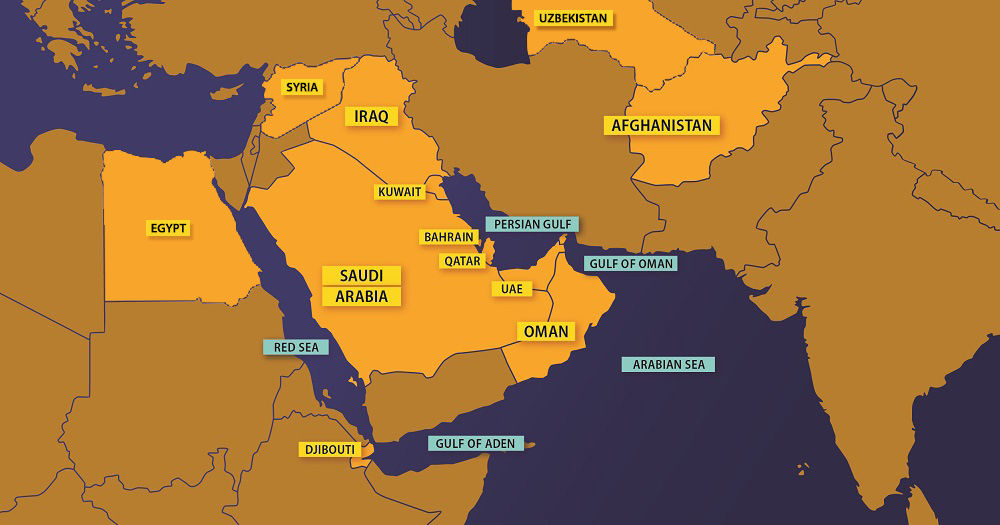Burn Pit and Airborne Hazards Exposure
“Airborne hazard” refers to any sort of contaminant or potentially toxic substance that we are exposed to through the air we breathe. While on active duty, military service members may have been exposed to a variety of airborne hazards, including:
- The smoke and fumes from open burn pits
- Sand, dust, and particulate matter
- General air pollution common in certain countries
- Fuel, aircraft exhaust, and other mechanical fumes
- Smoke from oil well fires

In Iraq, Afghanistan, and other areas of the Southwest Asia theater of military operations, open-air combustion of trash and other waste in burn pits was a common practice. The Department of Defense has now closed out most burn pits and is planning to close the remainder.
These cancers are now presumptive:
- Brain cancer
- Gastrointestinal cancer of any type
- Glioblastoma
- Head cancer of any type
- Kidney cancer
- Lymphoma of any type
- Melanoma
- Neck cancer of any type
- Pancreatic cancer
- Reproductive cancer of any type
- Respiratory (breathing-related) cancer of any type
Learn more about presumptive cancers related to burn pits
These illnesses are now presumptive:
- Asthma that was diagnosed after service
- Chronic bronchitis
- Chronic obstructive pulmonary disease (COPD)
- Chronic rhinitis
- Chronic sinusitis
- Constrictive bronchiolitis or obliterative bronchiolitis
- Emphysema
- Granulomatous disease
- Interstitial lung disease (ILD)
- Pleuritis
- Pulmonary fibrosis
- Sarcoidosis
